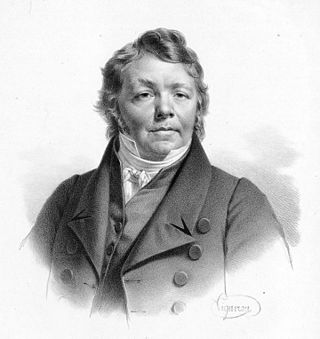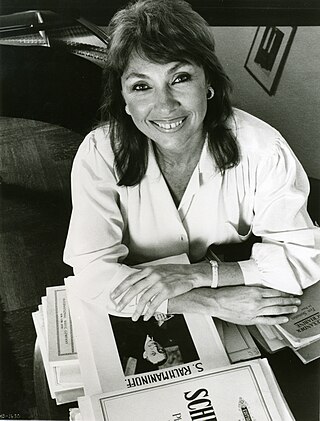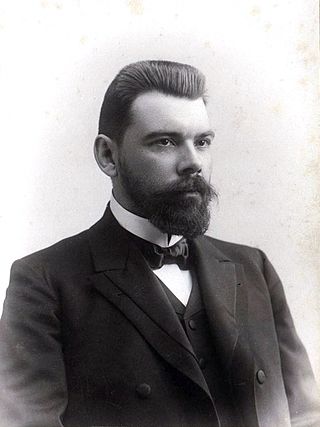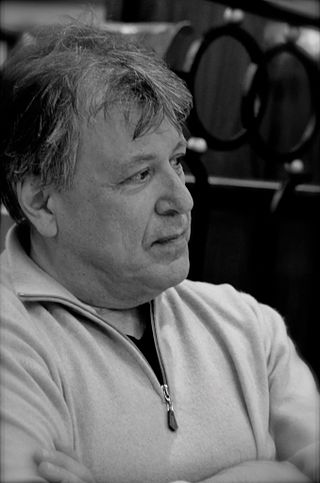Related Research Articles

Johann Nepomuk Hummel was an Austrian composer and virtuoso pianist. His music reflects the transition from the Classical to the Romantic musical era. He was a pupil of Mozart, Salieri and Haydn. Hummel significantly influenced later piano music of the 19th century, particularly in the works of Chopin, Liszt and Mendelssohn.

Toccata is a virtuoso piece of music typically for a keyboard or plucked string instrument featuring fast-moving, lightly fingered or otherwise virtuosic passages or sections, with or without imitative or fugal interludes, generally emphasizing the dexterity of the performer's fingers. Less frequently, the name is applied to works for multiple instruments.

Marc-André Hamelin, OC, OQ is a Canadian virtuoso pianist and composer who has received 11 Grammy Award nominations. He is on the faculty of the New England Conservatory of Music.

Murray David Perahia is an American pianist and conductor. He has been considered one of the greatest living pianists. He was the first North American pianist to win the Leeds International Piano Competition, in 1972. Known as a leading interpreter of Bach, Handel, Scarlatti, Mozart, Beethoven, and Schumann, among other composers, Perahia has won numerous awards, including three Grammy Awards from a total of 18 nominations, and 9 Gramophone Awards in addition to its first and only "Piano Award".

Alexander Nikolayevich Tcherepnin was a Russian-born composer and pianist.

Hilding Constantin Rosenberg was a Swedish composer and conductor. He is commonly regarded as the first Swedish modernist composer, and one of the most influential figures in 20th-century classical music in Sweden.

Ruth Laredo was an American classical pianist.

Emil Georg Conrad von Sauer was a German composer, pianist, score editor, and music (piano) teacher. He was a pupil of Franz Liszt and one of the most distinguished pianists of his generation. Josef Hofmann called von Sauer "a truly great virtuoso." Martin Krause, another Liszt pupil, called von Sauer "the legitimate heir of Liszt; he has more of his charm and geniality than any other Liszt pupil."

Alexander Fyodorovich Goedicke was a Russian and Soviet composer and pianist.

Niels Viggo Bentzon was a Danish composer and pianist.

Andrei Gavrilov is a Russian-Swiss pianist.
Nikolai Petrovich Rakov, was a Soviet violinist, composer, conductor, and academic at the Moscow Conservatory where he had studied. He composed mostly instrumental works, for orchestra, chamber music and piano music, especially pedagogic works. In 1946, he received the Stalin Prize for his first violin concerto, which became known internationally.
Wilhelm Schröter is a composer and pianist. Schröter was born in Rio de Janeiro, Brazil, January 16, 1960.

Lucio Franco Amanti is an Italian cellist and composer. Amanti´s music is characterized by the integration of jazz and pop idiom into classical music forms.
Olli Mustonen is a Finnish pianist, conductor, and composer.
Nikolai Lopatnikoff was a Russian-American composer, music teacher and university lecturer. He composed some works of neoclassical music.
Lionel Sainsbury is an English pianist and classical composer, noted for his stylistic combination of South American music, jazz blues and flamenco with the Western classical tradition.
A Bu is a Chinese jazz pianist and composer.
References
- ↑ Martin, Anderson. "Obit Nikolai Kapustin". Toccata Classics. Retrieved 30 May 2022.
- 1 2 "Nikolai Kapustin". Anton Kapustin. Retrieved 11 May 2022.
- 1 2 3 4 5 6 7 "Nikolai Kapustin". Schott Music . Retrieved 4 July 2020.
- 1 2 De'Ath, Leslie (June 2002). "Nikolai Kapustin - A Performer's Perspective". musicweb-international.com. Retrieved 4 July 2020.
- 1 2 3 4 5 Bose, Sudip (12 April 2018). "Crossing Over / The Art of Nikolai Kapustin". theamericanscholar.org. Retrieved 4 July 2020.
- ↑ Creighton, Randall J. (2009). A Man of Worlds: Classical and Jazz Influences in Nikolai Kapustin's Twenty-Four Preludes, Op. 53 (PDF) (PhD thesis). University of Arizona.
- ↑ Mann, Jonathan Edward (19 May 2007). Red, White, and Blue Notes: The Symbiotic Music of Nikolai Kapustin. etd.ohiolink.edu.
- ↑ Truco, Daniele (March 2014). "Nikolai Kapustin: metrica barbara". Amadeus (292): 46–47.
- 1 2 3 Osborne, Steven (2000). "Nikolai Kapustin / Piano Music, Vol. 1". Hyperion Records . Retrieved 4 July 2020.
- ↑ Anderson, Martin (September 2000). "Nikolai Kapustin, Ukrainian composer of classical jazz". Fanfare : 93–97.
- ↑ "The Music of Nikolai Kapustin – Thomas Ang". 3 February 2016. Retrieved 5 July 2020.
- ↑ "Nikolai Kapustin". theory.caltech.edu. Retrieved 4 July 2020.
- ↑ "Home of Nikolai Kapustin | Pianist & Composer". Archived from the original on 4 July 2020.
- ↑ Nikolai Kapustin Official website
- ↑ Obituary